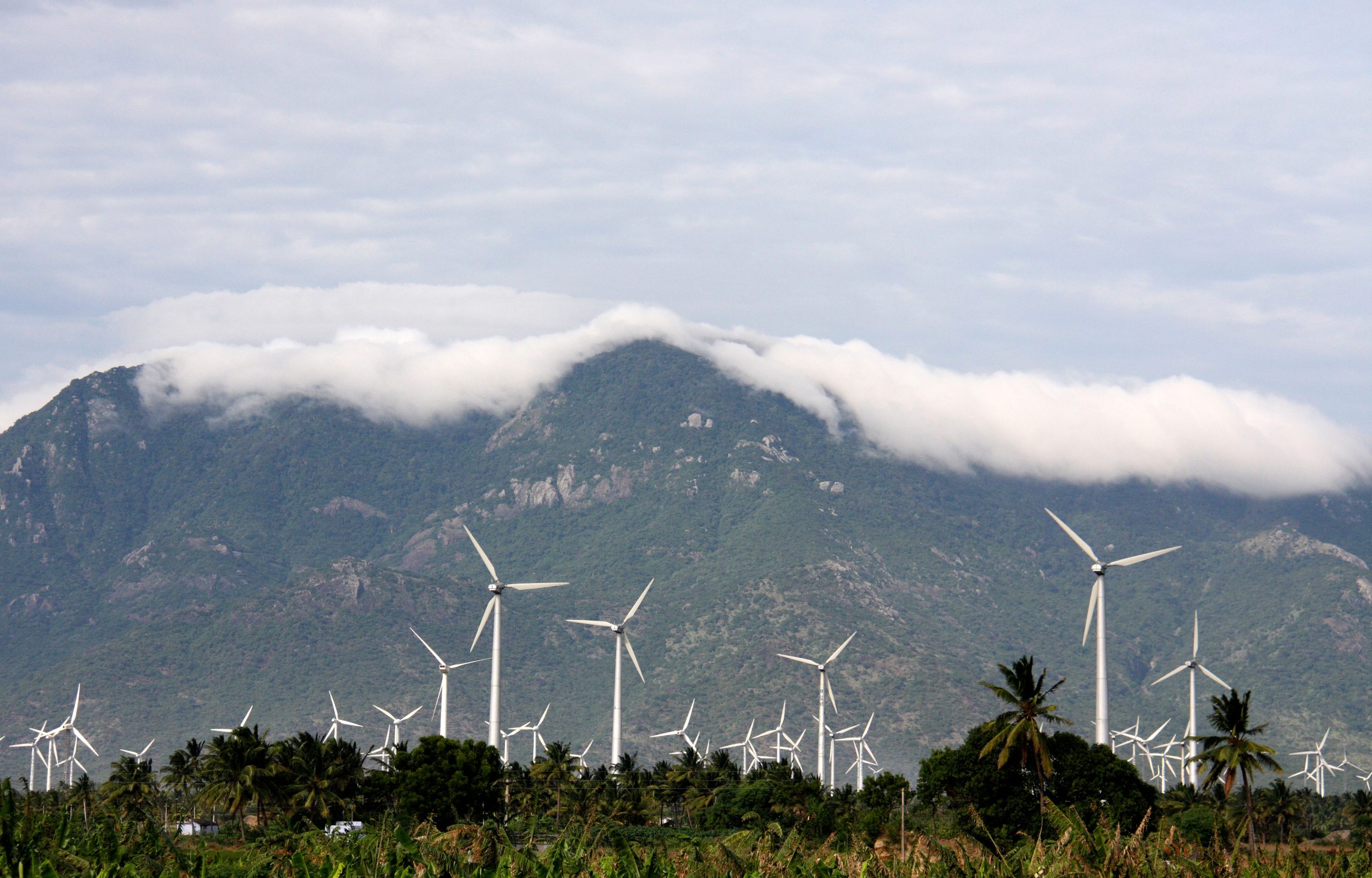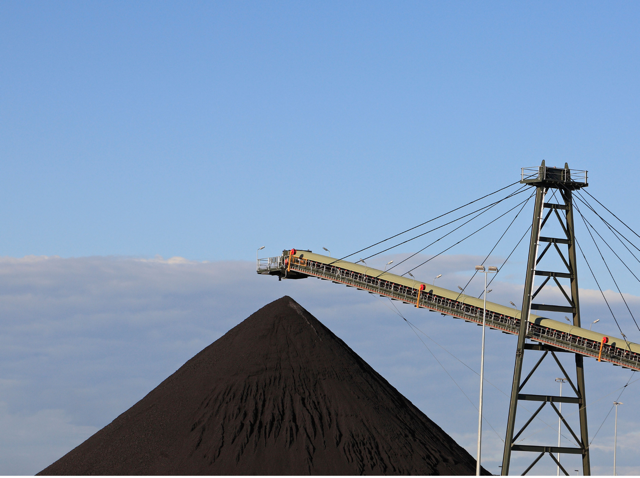Power sector 2023
Electricity landscape in ASEAN
ASEAN demand grew by 3.6% in 2023, entirely met by fossils as clean energy growth struggled to keep pace, pushing emissions up by 6.6% in 2023. Peak demand in some countries occurs during daytime, highlighting the potential for solar.
ASEAN energy demand has more than doubled in the past two decades, rising from 458 TWh in 2003 to 1,258 TWh in 2023. Post-pandemic economic recovery, rising use of electric vehicles and the development of data centres, will drive electric utilities to increase their forecasts for additional power needed by 2030.
Using a six-year compound annual demand growth rate of 3.3% between 2018 and 2023, demand could reach 1,626 TWh by 2030, up 30% from 1,258 TWh in 2023. Meanwhile, the ASEAN Energy Outlook (AEO) 8 projects total power generation requirements in 2030 to range between 1,545-1,567 TWh, demonstrating the urgency for a faster clean energy transition.
Rising electricity demand is expected across ASEAN
Electricity demand growth slowed to 3.6% in 2023, down from 4.9% in the previous year. Nevertheless, demand for electricity is expected to keep rising.
This year, extreme heat waves hit ASEAN cities, prompting governments to close schools. Electricity demand for cooling homes, shopping centres and offices is likely to surge as climate change pushes global temperatures higher.
Country-level variations in Southeast Asia’s power sector are pronounced, with diverse energy resources, population density, geographical topography, development goals and the availability of clean energy investments. Myanmar and Viet Nam, for instance, have large wind potential, while Lao PDR and Cambodia hold significant hydro potential.
In contrast, Singapore is emerging as a significant economic hub despite its limited natural resources, relying on regional grid connectivity for clean energy imports to meet increasing electricity demand. Currently Singapore aims to import up to 6 GW of low carbon electricity by 2035, positioning the country to nearly meet the IEA’s target of 8.1 GW low carbon electricity import by 2035.
All ASEAN countries are forecasting electricity demand growth through 2030, with annual growth projections ranging from 1.8% to 19%.
Myanmar is expected to see the largest increase, with electricity demand projected to reach 57 TWh by 2030, up from 17 TWh in 2023. Viet Nam and Cambodia anticipate growth rates of 11% and 17%, respectively, during the same period. Brunei projects a more modest growth of 1.8% by 2030. Overall, the average demand growth across the region is expected to be around 7.3% annually by 2030.
All new electricity demand in 2023 was met by fossil fuels
In 2023, fossil fuels made up 74% of electricity generation, with coal providing the majority at 44%. Renewables accounted for 26% of power, down from 28% in 2022, primarily driven by a 2.3% decline (-21 TWh) in hydro’s share of power generation between 2022 and 2023.
Between 2022 and 2023, new demand growth was 3.6% (45 TWh), which was entirely met by coal and gas power generation. Indonesia alone contributed 11 TWh to the coal increase, highlighting its position as the largest coal user with young coal power plants. In contrast, ASEAN’s non-hydro renewables grew by only 8.5 TWh during the same period.
Continuing at this pace of transition risks ASEAN becoming more dependent on fossil fuels, missing opportunities presented by emerging clean energy technologies and economics, and failing to meet climate targets. Meanwhile, electricity demand continues to grow rapidly, making it more important than ever to meet this demand with clean energy.
Soaring demands coupled with intense fossil fuel use are pushing up emissions
Increased use of coal and gas was the main driver behind the rise of over 44 million tonnes in ASEAN power sector emissions in 2023, marking the largest annual rise in absolute terms in the past decades after 2019.
ASEAN power sector emissions rose by 6.6% in 2023 to 718 million tonnes per CO2, with 66% coming from coal and 32% from gas and other fossil. About 78% of this power sector emissions increase came from Indonesia Viet Nam, where emissions rose by 14 million tonnes and 20 million tonnes respectively.
In Indonesia, Viet Nam, Malaysia and the Philippines, coal was the biggest contributor to carbon emissions, while in Thailand and Singapore, emissions stemmed mostly from gas.
Decline in hydro generation in 2023 indicates seasonal risks exist
ASEAN’s reliance on hydro poses risks from less predictable and potentially more variable hydro generation due to climate change and the scarcity of viable hydro sites.
In the summer of 2023, persistent droughts across the region resulted in declining electricity generation from hydro, despite capacity additions of 0.5 GW.
Hydropower-rich member states may need to ramp up other renewable energy sources, such as solar and wind, to diversify energy supply in times of changing climate. For example, Northern Viet Nam’s heavy reliance on hydro hit the region particularly hard in 2023 when severe droughts halted operations, leading to a regional power shortage.
Surging peak demand during solar hours presents opportunities for some ASEAN countries
As ASEAN is finding solutions to decarbonise their power systems through renewable energy integration, understanding the electricity demand patterns is crucial for maintaining grid stability and frequency. To enable grids to absorb intermittent energy sources, several measures are needed, such as improvement of forecasting practices, system flexibility, operational flexibility and grid reliability.
Understanding consumption patterns and daily load profiles is a crucial first step in analysing the different demand characteristics and drivers in ASEAN. Due to limited aggregate hourly data for some countries, this report presents the load profiles of Singapore, the Philippines and Peninsular Malaysia in 2018 and 2023 to observe changes in electricity consumption patterns.
The data suggests that peak demand follows similar trends in Malaysia, the Philippines and Singapore where peak electricity consumption was seen during daylight hours. In Malaysia, peak demand reached 20 GW at 4 pm in 2023. In the Philippines, peak demand also recorded at 20 GW at 2 pm. In Singapore, peak demand reached 7.6 GW at 4 pm in 2023, which changed from 11 am in 2018. These daytime peak demand hours highlight the opportunities to ramp up solar power use as one of the solutions to meet electricity consumption during these periods.
Related Content




